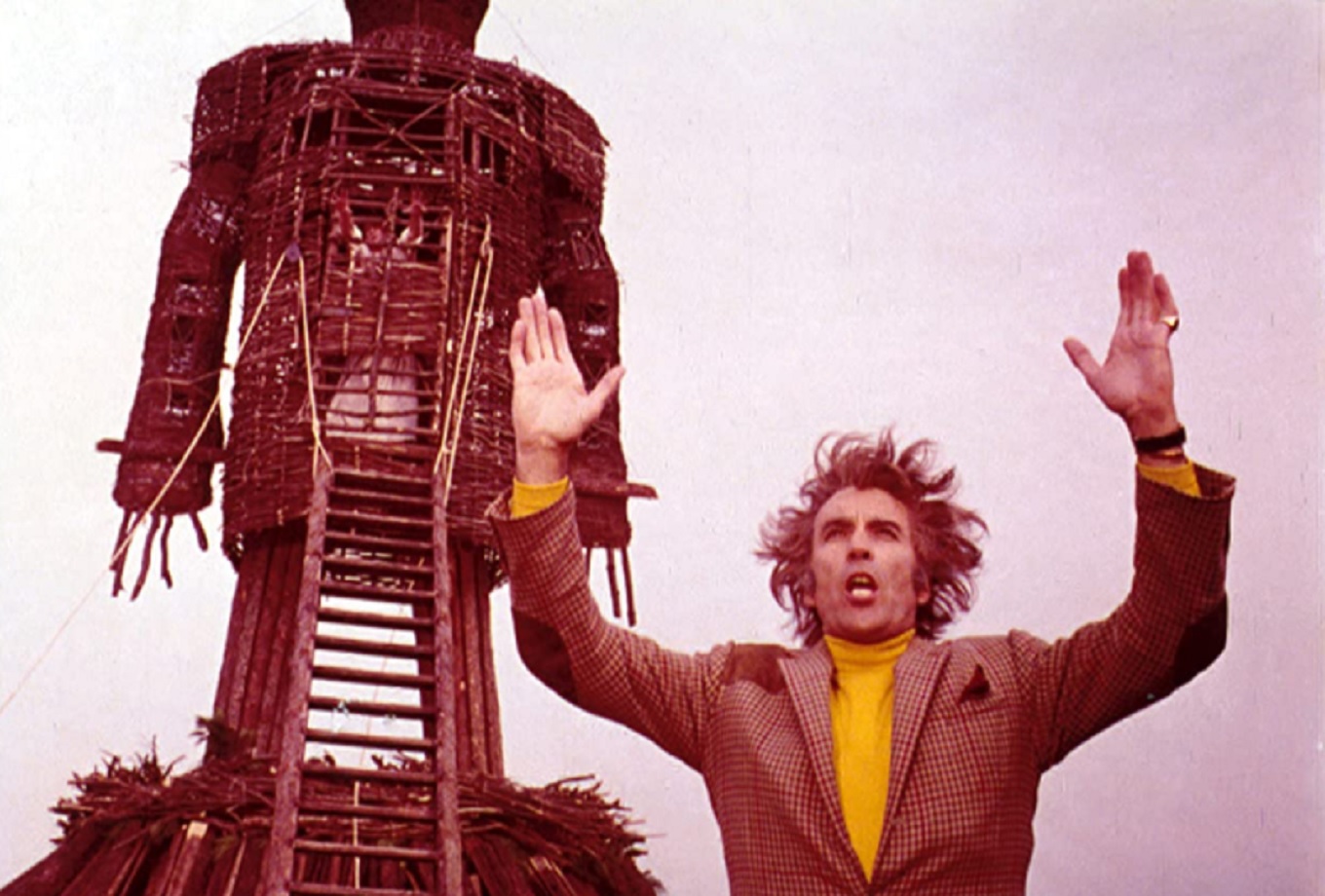Currently on its seventh episode, HBO's new hit sci-fi series Lovecraft Country — starring Jonathan Majors, Jurnee Smollett, and Aunjanue Ellis — has captured the attention of fans of the genre. (Its first episode landed among the network's top three premieres this year.) Not only does it offer a unique take on the fantasy show genre, it's about a Black Army veteran who returns home and sets off on a roadtrip through Jim Crow-era America — in search of his father, and joined by a friend and his uncle — and it also pays respect where respect is due.
Some viewers have noticed a number of Easter eggs and hidden references to sci-fi lore of days past in nearly every episode. But that's not all. The show, which is based on the novel of the same name by author Matt Ruff, has also made both subtle and overt musical references, and references to historical moments and figures as well. There's definitely a lot going on in each hour-long episode. Some of the references are easy to pick out, but others might require a second watch to figure out.
We've compiled an exhaustive list of all of the hidden references viewers might have missed in Lovecraft Country so far for folks to be totally in the know when it's time to geek out with other fans.
From the Beginning
The hidden references in Lovecraft Country start at the beginning. In the opening scene of the first episode, the Tripods from H.G. Wells' War of the Worlds, and its many screen adaptations, make an appearance in the out-of-this-world dream sequence the series starts with.
A Dream?

Later in the opening scene, we see a red woman descend from a spaceship directly in front of Atticus Freeman, the show's main character. (She's gorgeous, but totally bizarre.) It isn't until we realize that the opening scene is actually a dream sequence, and we see Atticus waking up with a copy of Edgar Rice Burroughs A Princess of Mars in his lap. We quickly realize the red lady might be something from the book that has seeped into his dreams.
'At the Mountains of Madness'

Remember those crazy creepy squid creatures in the opening scene? They may not have come completely from the show creator's own mind. The creatures appear to be a reference to the ones known as Cthulu in author H.P. Lovecraft's 1936 novella At the Mountains of Madness.
Special Hero
Anyone whose not a baseball fan might have thought it odd that a random baseball player showed up in the show's opening scene, but it wasn't actually so random. The player being depicted was none other than Jackie Robinson, who, at the time the show takes place, was changing the face of the sport and had become a hero for Black people in the US.
'The Count of Monte Cristo'
Later in the first episode, Atticus is seen with a copy of The Count of Monte Cristo by Alexandre Dumas that belonged to the father he is searching for. The book choice probably wasn't random: It's about a man who is tricked and imprisoned, and could be an allusion to what's happened to Atticus' father. The book ends up making appearances in later episodes as well.
A Voice From the Future

While Atticus (Tic), his friend, Leti, and his Uncle George, are driving on their cross-country road trip, the voice of activist and Black author James Baldwin is playing in the background. It's from a debate between Baldwin and conservative author William F. Buckley that actually occurred in 1965 — the decade after the story of Lovecraft Country.
'There's No Way Like the American Way'
In the same scene, Tic and crew drive by a line of Black people waiting for the bus in front of a billboard that says "There's no way like the American way." This scene is a recreation of a photo by Margaret Bourke-White taken in 1937 for Life magazine.
Foreshadowing Static
In the show, Uncle George's daughter is an artist who spends her time creating comic books, and in a funny little Easter egg, one of her drawings seems to depict the lesser known DC Comics superhero: Static, who first appeared in the comics in 1993.
Another Lovecraft Creature
At the end of the first episode, we see yet another terrifying monster. It's a massive goopy, toothy creature that looks a whole lot like the vampiric shoggoths introduced to the world in H.P. Lovecraft's At The Mountains of Madness. In the scene, the sheriff gets bitten by the monster and disappears … but since Lovecraft's shoggoths are vampire-like, we wouldn't be surprised if the sheriff resurfaces — perhaps looking a bit different next time.
Arkham
In Lovecraft Country, the characters are trying to get to Arkham, but it's not the Arkham most of us think of. Before Arkham became so synonymous with DC Comic's Batman, it was known for being the fictional town where most of H.P. Lovecraft's stories take place, and was inspired by a real mental hospital in Massachusetts.
Sundown Town
At one point, Tic, Leti, and George end up in what was known as a "sundown town" in Jim Crow era America. These were towns throughout the country where it was known that Black people were not welcome after dark, and were often met with violence if they ended up in one such town at night. A billboard reading "N—–s, Don't let the sun set on you here," can be spotted on the show, which wasn't that uncommon to see in some towns during that time.
'Children' Not Child
In the second episode, we learn that Tic's mom and Uncle George were in fact lovers at one time. Viewers who were listening closely might have noticed that, in the scene where George encounters an apparition of Tic's mother, she says to him, "You could actually fly with your children." George only has one child (that we know of), so is she actually subtly revealing Tic is George's son?
It remains to be seen.
'Whitey on the Moon'
The second episode of Lovecraft Country is titled "Whitey's on the Moon," which is a reference to the 1970 poem Whitey on the Moon by Black poet and musician Gil Scott-Heron. (It plays during the ritual scene at the end of the episode.)
Black Wall Street
The second episode also features a reference to the Tulsa Race Massacre of 1921. George reveals that he, Tic's father, and his mother were all originally from Tulsa, Oklahoma, and fled during the aftermath of the massacre, which saw hundreds of Black citizens murdered.
"Movin' On Up"
At the beginning of the second episode, George and Leti wake up surrounded by all of the things they love as the theme song from the hit 1970s sitcom The Jeffersons — an iconic show in the Black community about a wealthy Black couple living among New York's high society — is playing in the background.
Shawshank

In episode two, when Tic, George, and Leti arrive at the stone tower to rescue Montrose (Tic's dad), they discover he had escaped. When they remove a stone from the wall, they find a tunnel has been dug out of the tower, bringing to mind the scene in the acclaimed film The Shawshank Redemption, when Warden Norton realizes that Andy Dufresne has escaped.
'Wicker Man'

On a mission to find his father, Tic leads George and Leti to an unusual place where children are dancing around a large wooden effigy that bears an uncanny resemblance to the figure from the classic horror film 1973 The Wicker Man. (Fun fact: Nicholas Cage starred in the 2006 remake.)
'Journey to the Center of the Earth'
In the scene during episode four, where Leti and Tic are arguing in the library, the little boy who shushes them is reading the groundbreaking classic sci-fi novel Journey to the Center of the Earth by Jules Verne. Ironically, this ends up foreshadowing what's to come in the rest of the Lovecraft Country episode.
Coincidence? Yeah, we think not.
'Book of Dead Names'
When the group is trying to escape with Montrose in episode two, George mentions the Book of Dead Names, which is actually another H.P. Lovecraft reference. Lovecraft calls the book the Necronomicon, and it first appeared in his writings in 1924, and has appeared in a number of films — including Evil Dead.
Sci-Fi Love
Uncle George is an avid reader, and his literary knowledge is often on display during the show. But in the second episode, he actually shouts out three major sci-fi authors whose work is similar to that of H.P. Lovecraft: Algernon Blackwood, William Hope Hodgson, and Clark Ashton Smith.




